Andhra Pradesh
About Andhra Pradesh
Blessed with two beautiful rivers, Krishna and Godavari, Andhra Pradesh has the Bay of Bengal to its west, and it boasts of a coastline of 972km, the longest in the country. This state is widely advertised as the Kohinoor of India by the tourism department. The state is most visited for its world famous Tirupati temple. Srisailam Mallikarjuneswar temple is another famous Shiva shrine and is one of the 12 Jyotirlinga temples in India. In spite of the recent division of the state of Andhra Pradesh, which resulted in the formation Seemandhra which is what was left of Andhra Pradesh after Telangana region was carved out, Seemandhra seems to have got the better share regarding tourism. Places like Belum caves, Nagarjuna Konda, Borra caves and Pulicat Lake have all come under Seemandhra. Apart from this, it retains the better part of the culture and cuisine of Andhra Pradesh and has an already established tourism development. The state is home to various centres that have quite a lot of Buddhist influence like Dhulikatta, Bavikonda, Thotlakonda, Amravati, Nagarjuna Konda, etc.
Vishakhapatnam
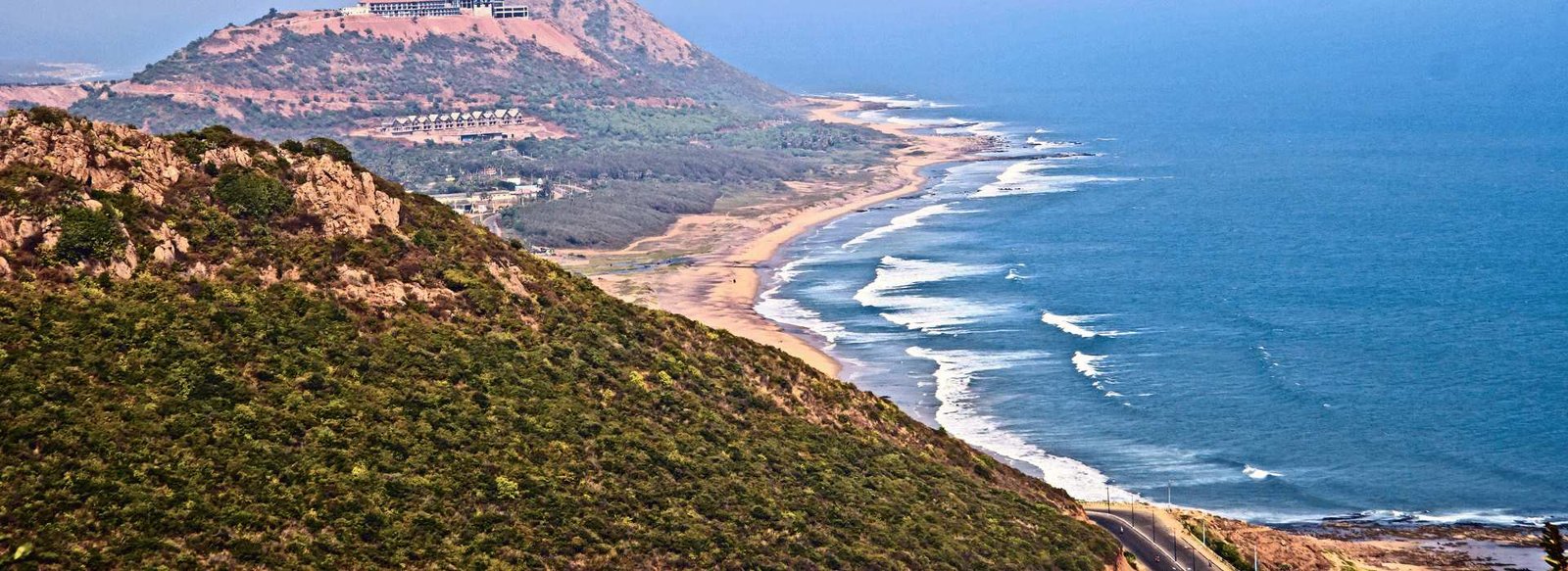
Visakhapatnam, also commonly known as Vizag, is one of the oldest port cities in the country. Situated in the heart of Andhra Pradesh, Visakhapatnam is known for its picturesque beaches and serene landscape, as well as a rich cultural past. The port of Visakhapatnam is renowned for being home to the oldest shipyard in all of India. Located a short distance away from Visakhapatnam is Araku Valley, one of the prime attractions of Vizag. Situated at a lofty 910 metres above sea level, Araku Valley is a hill station replete with gushing waterfalls, crystal clear streams, lush green gardens and some challenging trekking trails. Vizag is dotted with many beaches along its coastline, with the most famous one being the Yarada Beach. One of the most stunning places to see in all of Visakhapatnam, Yarada beach is surrounded by majestic hills on three sides, and by the Bay of Bengal on the other side. One of the best things about Vizag’s beaches is that they are a lot cleaner and a lot less crowded than other famous beaches along the Indian coastline, and Yarada beach is no exception. It is the perfect place to sit back on the golden sands and witness a marvellous sunrise or sunset.
Things to Do
Katiki Waterfalls
Katiki Falls originates from River Gosthani about 90 kilometres from Visakhapatnam. The waterfall is located near the Borra Caves and is a famous attraction for picnickers and nature lovers. The natural landscape surrounding the waterfall is lush green and goes through an uneven path that adds an element of adventure to the visitors trekking their way to the waterfall. It is, therefore, an ideal attraction for beginner to intermediate level trekkers. There are several food kiosks on the way that serve snacks and beverages especially Bamboo Chicken and fresh Coconut Water. Taking a pit stop for a bite before proceeding won’t be disappointing.


Borra Cave
Located on the east coast of India, the Borra Caves are situated in the Ananthagiri hills of the Araku Valley in Visakhapatnam district. Breath taking hilly terrain, beautiful landscape, semi-evergreen moist deciduous forests, and wild fauna of the Borra Caves are a visual feast. A marvellous creation of nature, the Borra caves were formed when river waters flow through a limestone area, and the calcium carbonate turns into calcium bicarbonate, which is easily washed out by the running water. The most striking feature of the caves is its exquisite variety of speleothems ranging in size.
Borra Caves are deemed to be among the largest in the country and are perched at a whopping elevation of about 705 metres. They are basically karstic limestone structures extending to a depth of 80 m and are considered to be the deepest cave in India. The combination of sunlight and dark conjures amazing dancing shaped in the depths of the Borra Caves, which is a sight in itself.
Dolphin's nose
Very similar to a dolphins nose, this 174 m high rocky headland is situated in the south of Vizag. The nose seems to be protruding out towards the Bay of Bengal giving it a rather fascinating look.A renowned powerful light house highly useful for the shippers and has a light beam that can be seen as far as 64 km out at sea is also placed nearby. There is also a hill nearby named the Dolphin hill and is a restricted Armed forces residential area. The backside of the hill has a scenic, beautifully placed, secluded beach called yarada.

Tirupati

Situated in the Chittoor district of Andhra Pradesh, Tirupati is known for Lord Venkateshwara Temple, one of the most visited pilgrimage centres in the country. Tirumala is one of the seven hills in Tirupati, where the main temple is located. The temple is believed to be placed where Lord Venkateshwara took the form of an idol and is hence home to the diety Govinda. Tirupati is one of the oldest cities of India and finds mention in plenty of ancient Vedas and Puranas. The non-stop chanting of ‘Om Namo Venkatesaya’, the mad pilgrim rush and the 8-feet tall idol of Lord Venkateshwara – everything about the Sri Venkateshwara Temple is majestic. Spread over an area of 26 kilometres and visited by nearly 50,000 pilgrims every day, the temple is also commonly referred to as the Temple of Seven Hills.
Sri Venkateshwara Temple
Sri Venkateshwara Temple is the most revered and celebrated temple of Tirupati having tourists and pilgrims flooding in all year long. This is one of the holiest and the wealthiest temples in the world and millions of devotees flock here to pay their reverence. Around 50,000 pilgrims visit the temple every day, which is a massive number. Hence, a whole procedure has been planned and set up which effectively ends at the shrine for darshan.
The entry for the Darshan is through Vaikuntam Queue Complex which is a series of interconnected halls that leads to the main temple. These halls are clean and comfortable with the various facilities provided.
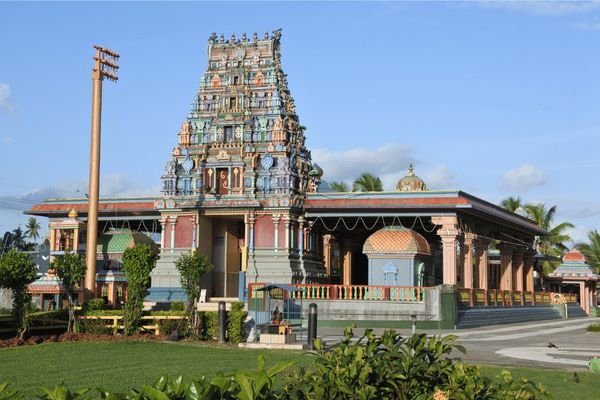
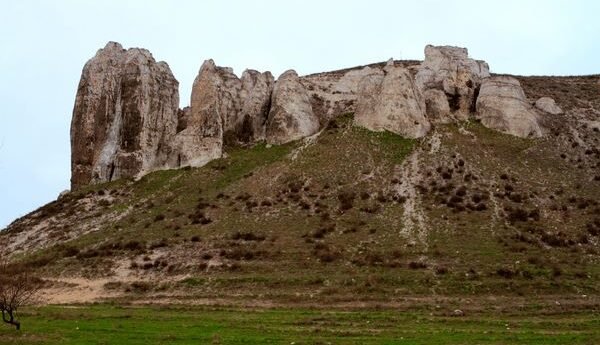
Akasaganga Teertham
Akasaganga Teertham is a waterfall in Tirupati, located at a distance of 3 km from the main temple. The waterfall features a constant flow of water throughout the year and holds immense religious significance. Pilgrims can also pay homage to the Devi temple situated very close to the waterfall. During the monsoons, the waterfall is a beautiful sight to the eyes.
Vedadri Narasimha Swamy Temple
This temple lies at a distance of 70 km from Tirupati and was constructed by Sir Krishna Deva Raya. It holds great mythological importance and is believed to be the site where Lord Vishnu battled with Rasksash Somakadu, won and took over the vedas from him.
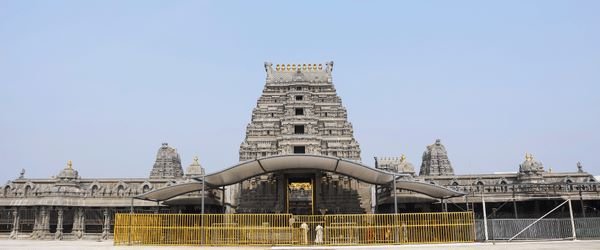
Vijayawada

Nestled on the banks of River Krishna in the state of Andhra Pradesh, Vijayawada is the second-largest populated city in the state. Known as the ‘commercial, political and media capital of Andhra Pradesh’, the city is one of the most rapidly growing urban cities in India. Covered by hills and canals, Vijayawada is also home to numerous caves and rock-cut temples carved out of these caves. Vijayawada is an amalgamation of the old world and the new; the air echoes with the clanking of temple bells mixed with the cacophony of traffic, the ancient monuments stand in perfect harmony with the modern architecture of the metro city. Among the most popular places to visit in Vijayawada are Bhavani Island, Victoria Museum, Hazratbal Mosque, Rajiv Gandhi Park, and Kolleru Lake etc., in addition to the host of temples and several caves. Other than this, the city is mostly a base to explore the nearby attractions like the Undavalli Caves, Kondapalli Fort, and Mangalagiri Hill etc.
Bhavani island
Bhavani island is one of the largest islands on a river and is located over the Krishna river at Vijayawada. The vast expanse of the island proves to be the perfect place for a relaxing weekend. If you are one for adventure sports and water slides, this is an exhilarating place to visit! It is named after the Goddess Bhavani or Kanaka Durga whose temple is on the Indrakeeladri hill close to the island. Bhavani island can be reached by boat from the banks of Krishna river. Approaching the island from the banks, you will enjoy the lush green surroundings and beauty of the Krishna river. If you are on the island especially during sunrise, you have the most spectacular view of the sunlight dancing on flowing waters of the river.

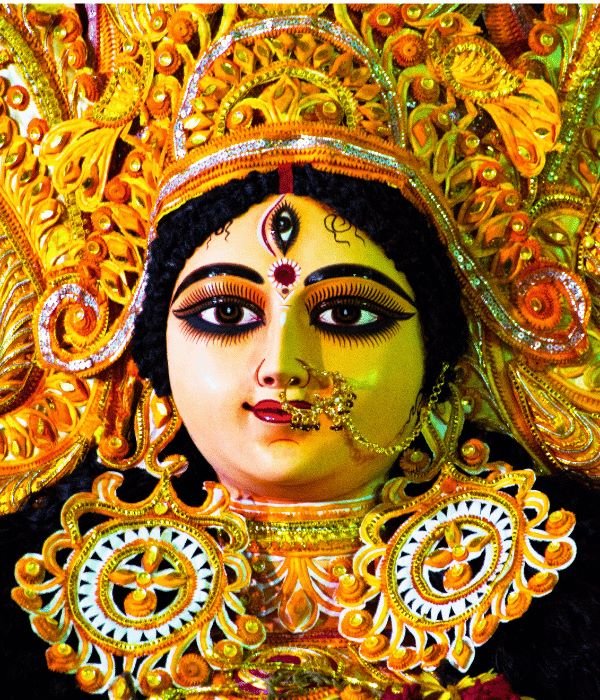
Kanaka Durga Temple
The Kanaka Durga Temple is a famous shrine dedicated to the Goddess Durga. Located in Vijayawada district of Andhra Pradesh, this astounding architecture is built in Dravidian fashion. The temple is surrounded by the hills of Inrakeeladri, right along the banks of the Krishna River. The temple finds mention in many sacred texts and Vedic literature as well and is a revered temple among devotees and followers. People visit this temple every year to show their respect and devotion to the Goddess Supreme and seek her blessings. The temple has detailed timings and rules of darshans and seva opportunities which can be booked online on their website. The temple also runs a food donation programme as a part of their many charitable activities. The Kanaka Durga Temple of Andhra Pradesh is one of the many Shaktipeethas that are situated in the country. The goddess appears in her Mahishasurmardini form here, along with the image slain demon king Mahishasura. It is believed that the deity is Swayambhu or self-manifested. The imposing image of Kanakadurga is a humbling and unforgettable sight. The deity’s face and body colour are of molten gold shade, and the idol is also bedecked with golden jewellery from which the temple gets its name Kanaka Durga – Kanaka in Sanskrit means gold.
Undavalli Caves
A monolithic example of Indian rock-cut architecture, the Undavalli Caves are located in the city of Guntur, Andhra Pradesh. Carved out of a solid sandstone on a hillside, these caves date back to the 4th to 5th centuries and is a paradise for history lovers. One of the preserved monuments of national importance, this attraction was originally the Jain caves and was later converted into a Hindu temple.


Kondapalli Fort
Kondapalli Fort is a marvellous 14th-century fort located in the village of Kondapalli in Guntur district near Vijayawada. The resplendent fort is considered of great historical importance and attracts tourists from all over the world. Locals frequent the site for a day-long picnic with friends and family due to its proximity from Vijayawada, which is just 23 kilometres away. As you explore the exalted fort, be sure to notice the breathtaking view of the valley. The village is famous for wooden toys, especially the Kondapalli Dolls. If you are lucky, you might just find a vendor selling these beautiful dolls for you take back as souvenirs. Kondapalli fort is also called as Kondapalli Kota and was built by the Musunuri Nayaks in the district. Many consider this imperial fort has roots in parallel histories. It served as a military fortification during the British era and was said to have been built as a centre of recreation, business and trade during the 14th century.
Subramanya Swamy Temple
Dedicated to the Lord of serpents Kartikeya, the Subramanya Swamy Temple is a shrine located in Vijayawada (Andhra Pradesh), set on the foot of the Indrakiladari Hills. The temple worships all three forms of Lord Subramanya- Sri Dandayudhapani Swamy as a boy, Sri Valli Devayanai- his original form and lastly in the form of a serpent. It is carved out of sparkling white stone with intricate stonework embellishing the facade. The temple also houses a silver covered Garuda pillar which holds great religious significance for the devotees. There is an anthill by the temple, the natural habitat of snakes, which is worshipped by the devotees with equal zeal and belief.
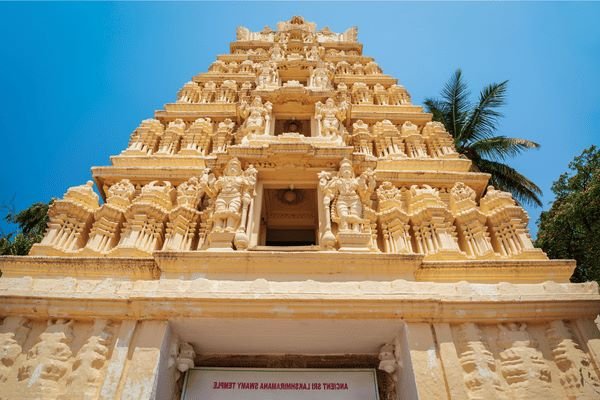
Amaravathi

Known as the Capital of Andhra Pradesh, Amaravathi is a planned city on the banks of the River Krishna. Amaravathi is renowned for being a site of a Buddhist Stupa that is a semi-hemispherical structure containing Buddhist relics and often called the Abode of God. Located 32 kilometres north of Guntur District, Amaravati is a prime hub of pilgrimage and sightseeing. The original structure was established during the reign of Emperor Ashoka which is now a meditation site in the city. Being built on a 217km riverfront, the city is designed to have 51% of green spaces. Its foundation stone was laid on 22 October 2015 by prime Minister Narendra Modi. After the separation into two states in the year 2014, Hyderabad was declared the capital city of the then newly formed state Telangana.
Amareswara Temple
Amareswara Temple located in Amaravathi is devoted to Lord Shiva, the ‘Destroyer of the Universe’. The holy place embraces a 15 ft high marble Shiv Ling. It is believed that Lord Shiva is present in the structure of five lingams – Pranaveswara, Agasteswara, Kosaleswara, Someswara and Parthiveswara.Constructed in the Dravidian style of architecture, Amareswara Temple has a lot of myths behind its creation. ‘Maha Shivaratri’ of ‘Magha Bahula Dasami’ is the main festival celebrated in a big way here. This holy place has a divine aura that seeps into the heart, mind and body of all patrons. An interesting fact about the Amareswara Temple is that it is situated at a point where the river alters its route.
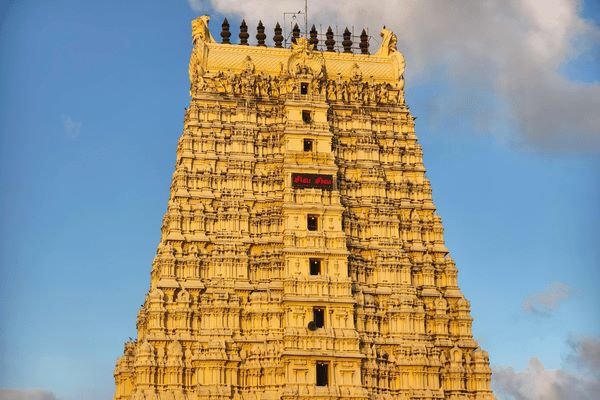
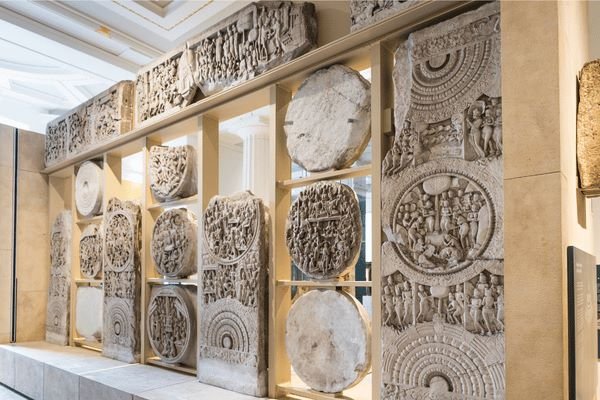
Amaravati Museum
Amaravati Museum is a small but interesting archaeological museum in Amravati which displays exhibits that range between 3rd century BC and 12th century AD. Currently, the museum is run taken care by Andhra Pradesh Tourism Board. Some of the most beautiful exhibits include statues of the Buddha with lotus symbols on his feet, curled hair and long ear lobes. Apart from this, there are also limestone sculptures of goddess Tara and Bodhisattva Padmapani. Many of these Buddhist sculptures were excavated from here and now adorn the Chennai Government Museum and the British Museum in London.
Dhyana Buddha Statue
Dhyana Buddha Statue is a gigantic statue of Lord Buddha in Amaravati, Andhra Pradesh. Known to be among the tallest Buddha statues in India, With a towering height of 125 feet, Dhyana Buddha Statue was commissioned in 2003 and was completed in 2015. The status sits facing the pristine River Krishna and sprawls over a humongous green space covering 4.5 acres of land.Dhyana Buddha Statue was sculpted by R. Mallikarjuna Rao, the Joint Director of Social Welfare, Guntur. The design is inspired by over 50 sculptures’ designs from over 145 sites. In addition to that, Dhyana Buddha Park was built around the statue where people can visit and relax. Besides, the complex also houses a seminar hall and 20 luxury suites for Buddhist tourists visiting from all over the world.
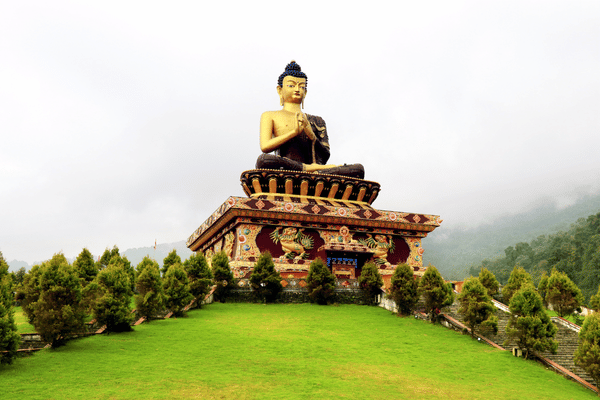

Amaravathi Mahachaitya
Amaravathi Mahachaitya is one of the most popular tourist destinations in Amaravathi. Constructed during the late Mauryan era, this ruined Buddhist monument was actually a Buddhist stupa, which housed the relics of great Buddhist scholars and thinkers. Although most of the structure was ripped apart during an excavation in the 1800s by Major Colin Mackenzie, some engravings were carefully preserved and transferred to various museums, both in India and abroad. The preserved remains depict the history of the Mahachaitya, which was possibly an educational abode of its time, with some engravings depicting the life & teachings of Gautama Buddha on the same.
Anantapur
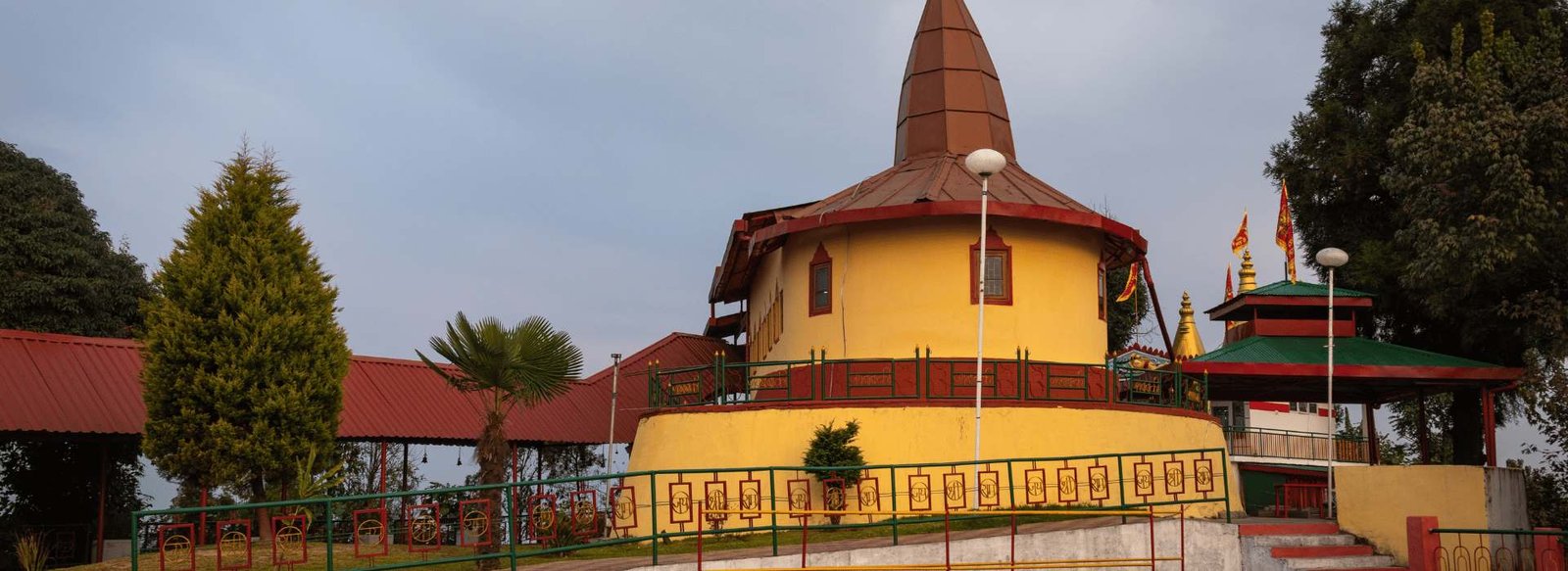
Anantapuram is the headquarters of Anantapur District in the Indian state of Andhra Pradesh. Anantapuram is not a cosmopolitan city. Neither is it a village. It is one of those towns in transition, that is at the confluence of the past and the future. Anantapuram reverberates with flashes of India’s glorious history and the true ethnic traditions and values of India. Interestingly, Anantapur receives the second-lowest rainfall in India. Anantapur has seen the rule of many empires, but the Vijayanagar Empire has had a greater impact on it. It is said that the place has derived its name from ‘Anaatasagaram’, a big tank, which translates into ‘Endless Ocean’. Chikkavodeya, the minister of the Vijayanagar King, Bukka-I constructed the town of Anaatasagaram and Bukkarayasamudram.
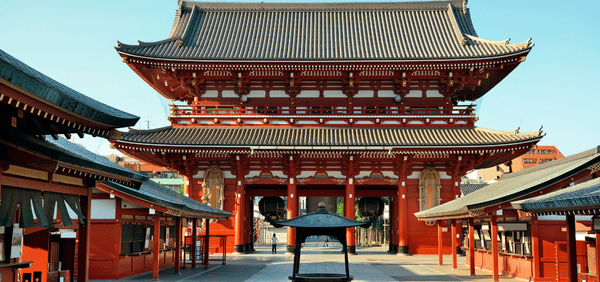
Ahobilam Temple
Ahobilam is a small village renowned for Lord Narasimha Swamy Temple. The Ahobilam temple is dedicated to Lord Lakshmi Narasimha Swamy. The temple complex has temples of Adi Lakshmi Devi Temple and Chenchu Lakshmi Devi. The sacred Ahobilam Temple was built on the footprint of Lord Lakshmi Narasimha Swamy measuring 5 feet 3 inches. It is believed that a marriage ceremony performed here leads to a happy and fulfilling marriage. Lord Narasimha is the half-man, half-lion form of Lord Vishnu, when he came to save his devotee Prahlad, from his own father.
ISKCON Temple
Like all other ISKCON Temples built around the world, the one at Anantapur is just as beautiful. The temple is in the shape of a horse-drawn chariot, with statues of four huge horses at the entrance. This temple is known as the Radha Parthasarathi Temple and was inaugurated in February 2008. The stunning ISKCON Temple is situated at Somaladoddi village, on the outskirts of the city. The temple is dedicated to Lord Krishna and is focused on spreading the beliefs of ‘Krishna Consciousness’, a belief that Lord Krishna is the supreme power, over all others. The temple also has a restaurant attached to it. The beautiful temple looks even more scintillating at night when lights illuminate its walls. The most cherished festival is Janmashtami, the birthday of Lord Krishna.
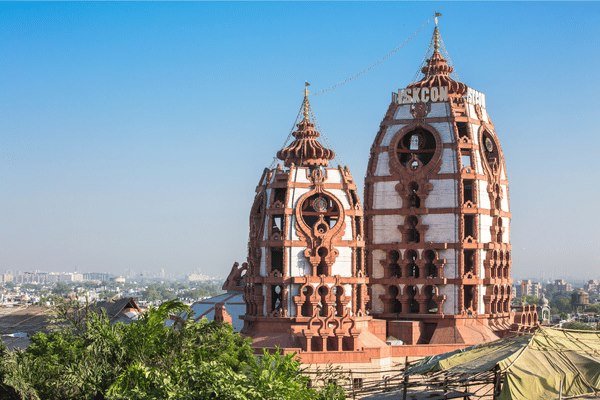

Bugga Ramalingeswara Swami Temple
Another very known temple of the area is The Bugga Ramalingeswara Swami Temple. Dedicated to Lord Shiva, the temple is also known as Ramalingeswara Swami Temple. The temple is very distinct because of the occurrence of a natural underground spring, from where water creeps into the Garbha Griha. The water automatically drops onto the place where the Lingam is installed. It is believed that Saint Parasurama lived here and did extensive meditation here. The entire Shiv Purana is written on the temple walls.
Penukonda Fort
The Penukonda Fort is one of the main attractions of Anantapur. Located at a distance of nearly 70-km from Anantapur, the fort derived its name from the word Penukonda, which literally means big hill. This historic fort was once the second capital of the Vijayanagar Empire.Situated in Penukonda, the fort was previously known by the name Ghanagiri. After having studied the ancient inscriptions that the Penukonda Fort, archaeologists have concluded that the fort was built Vira Virupanna Udaiyar’s rule, the son of King-Bukka I of Vijayanagar. A huge idol of Lord Hanuman is placed inside the fort. The 11-feet tall Penukonda Fort houses multiple mosques inside among with Sher Khan Mosque is the most important one. The Gagan Mahal, a palace inside the fort, was built back in the 16th century. Another Palace, ‘Babayya Darga’ was constructed to symbolise harmony between Hindus and Muslims.
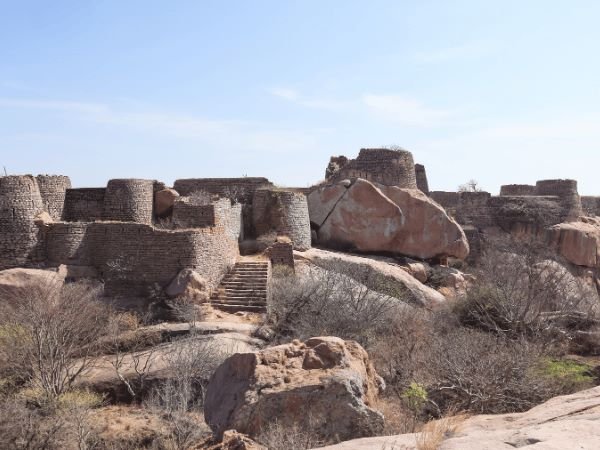
Chittoor

Steeped in religion, devotion and architecture, Chittoor is a place that everyone should visit at least once in their lifetime. Also blessed with scenic beauty, cascading waterfalls and a beautiful hill station, Chittoor is not a disappointment to the traveller who seeks redemption from the busy metro life. Also known as the Mango City, Chittoor offers myriad varities of heavenly mangoes to please its visitors.
Sri Venkateshwara National Park
Located about 10 km from Tirupati and on the Eastern Ghats, Venkateshwara National Park and biosphere reserve is home to endemic plant species and interesting fauna species like Slender Loris, Tree shrew, Wild dog etc. Bird watchers are also in for treats like Crested Serpent Eagle, Indian Roller, Kingfishers etc. But the main attraction of this national park are the three waterfalls, viz, Talakona, Gundalakona and Gujana. Talakona is the highest waterfall in Andhra Pradesh and needless to say, it is a stunning spectacle. With good Forest guest houses and accommodation facilities available, one can spend an entire day here.

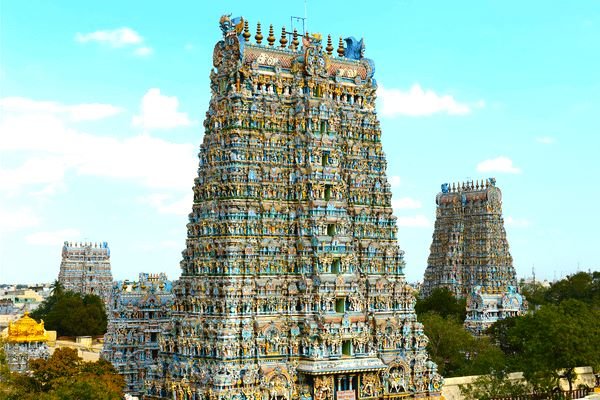
Srikalahasti Temple
Situated in Chittoor, Srikalahasti Temple is popular among devotees who visit the temple along with the highly revered Tirupati Temple, which is just 36 km away. Dedicated to Lord Shiva, Kalahasti temple has immense religious importance for Hindus and was constructed in the year 1516 by Krishnadevraya, a king of the Vijayanagara empire.The elaborate structure of the Srikalahasti temple complex is a breathtaking view right from the entrance. It has intricate carvings of numerous mythological illustrations that one can explore in the divine surroundings. This magnificent temple is often reffered as the Kailasa and Kashi of the south. The temple represents one of the five elements (Pancha Bhoota) – Air or Vayu.
Nagalapuram
Nagalapuram is one of the most beautiful hill stations in Chittoor district and a very well known trekking destination all over the country. The path here motivate the trekkers at every pitstop with the most beautiful and heartwarming views of the four waterfalls. The trek to the waterfalls starts from the Arai Village the journey starts from the Nagala Dam. The dam welcomes the trekkers with a serene view and shows the way towards the waterfalls. The trek starts off on the simple plain ground until the water stream.
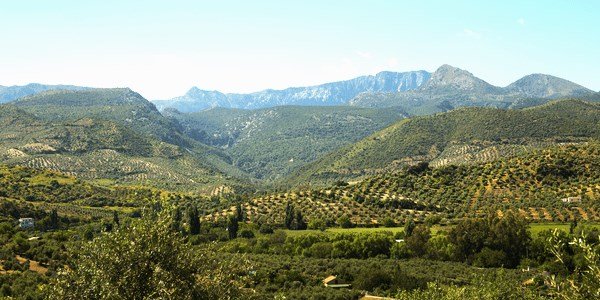
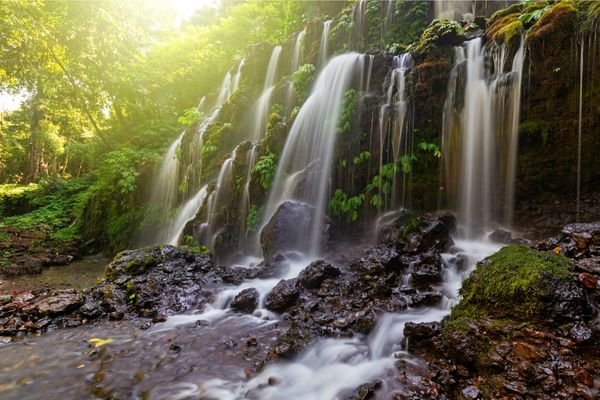
Kailasakona Waterfalls
Situated in Nagari Valley near Tirupati, Kailasakona Waterfalls are beautiful perennial waterfalls with an interesting story behind them. Legend has it that Lord Kailasanatheshwara performed the marriage of Lord Venkateshwara Swami and Goddess Padmavati and later performed penance here. The water here at the Kailasakona waterfalls is crystal clear and is rich with minerals and is believed to have medicinal properties and healing effect. The foot of the waterfall can be reached and one can only gape at the awe-inspiring sight. To reach the waterfall, look out for the 10 km milestone on the way to Puttur and take a left deviation and drive for about 2 km.

